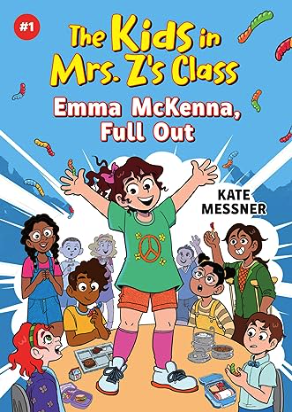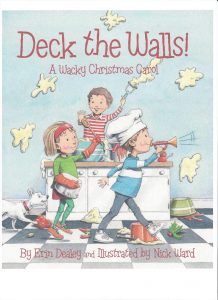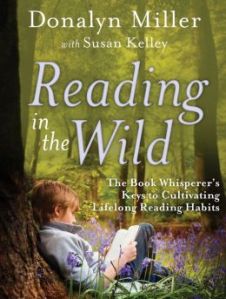Good morning! Can you believe we’re starting our final week of Teachers Write 2014? It’s been so amazing reading your work, watching you share and connect and grow. I know you’re all getting ready for a new school year and so hope that you’ll bring that energy and joy into your classrooms, too.
Today’s Monday Mini-Lesson is courtesy of guest author Erin Dionne.


Erin is the author of five tween novels, including the Edgar Award nominated Moxie and the Art of Rule Breaking (Dial Books, 2013). Her most recent novel is Moxie’s companion, Ollie and the Science of Treasure Hunting (Dial 2014). She lives outside of Boston and loves to talk to readers and writers. Today, she’s joining us to talk about what happens after your draft is complete.
Revision Strategies
Yay! You’ve made it through camp! Congratulations. Hopefully you are now the proud owner of a beginning, or a middle, or an end. Or a lot of beginnings and new ideas.
Now it’s time to look at the approaches to revising that beautiful, messy, something you’ve created. I’m not a fan of drafting, but I LOVE revision. That’s where we get into the thick of our stories and make them better. So here are 5 revision strategies to make your work shine:
1. Identify the heart of your story. What is this piece REALLY about? What is the big idea that you are exploring? Is it family dynamics? Self-expression? Growth? Whatever is at the heart of your story, look for places where you can develop that idea more strongly. That might mean cutting scenes, or characters, or plot lines. That’s ok.
2. Evaluate your scenes. Does each scene serve a purpose in the story? Is it revealing information, moving the plot along, or causing a conflict? If you can’t identify what purpose that scene is serving, chances are you don’t need it. Trim it or change it to work to move your story along.
3. Check your beginnings and endings. Are your first and last lines as strong as you can make them? Does your beginning hook the reader? Does the end hang on a cliffhanger? Or is it satisfying? Work on the beginning and ending of your piece until it is as strong as you can make it, then do the same for the opening and ending of each scene.
4. Get out of your characters’ way. Look for words that slow down the pace of your story or remove your reader from your character’s experience. Words like “I watched”/”I heard”/”I realized” can be trimmed and the resultant action will bring your reader closer to your character. (For example: “I watched her close the door,” becomes “She closed the door.” More active, and still from your main character’s point of view)
5. Get word smithy. Look for repeated phrases, areas where you’ve over-written (that long description of your main character’s sister’s outfit?), and unnecessary adverbs (most -ly words are unnecessary). Delete them. Look for flat writing: “he jumped over the log” and make it vibrant: “He leapt over the log.” Look for places where you can add sensory detail.
Today’s Assignment
When you are ready, go through this list and apply each step to your piece. Then do it again. And again. The more you revise, the stronger your work will be! Let me know in the comments how your piece might change from revision.
If you’d like to share some reflections on your revision goals, feel free to chat about that in the comments!



















